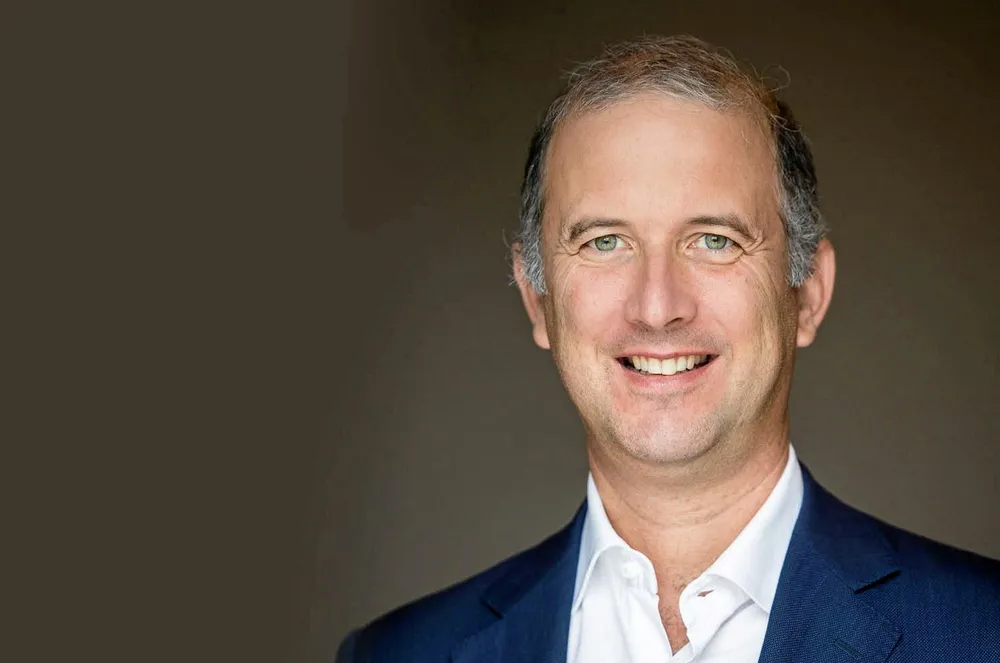Controversial green hydrogen to e-methane pioneer TES raises €140m in latest funding round
Admission that company needs layers of subsidies for its core business model to work has not dissuaded investors

Admission that company needs layers of subsidies for its core business model to work has not dissuaded investors
